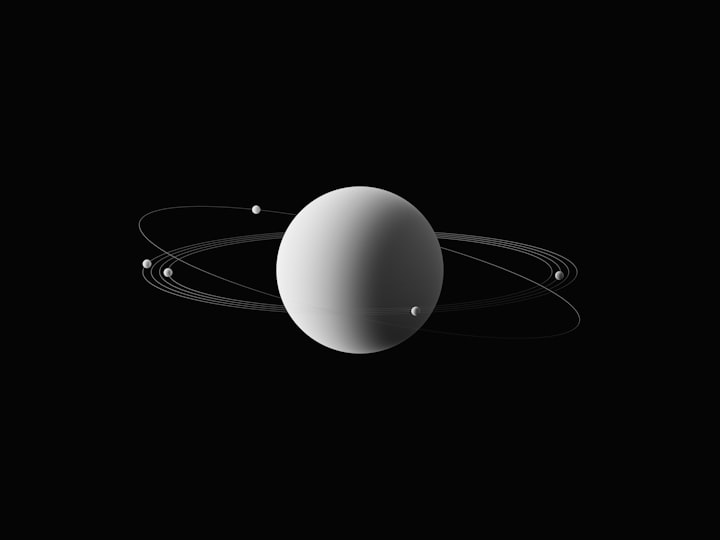Laws of Atom
Atomic Theory In Practicum

Atomic Theory is the theory as to the existence and properties of atoms; especially, in chemistry, the theory accounting for the fact that in compound bodies the elements combine in certain constant proportions, by assuming that all bodies are composed of ultimate atomes, the weight of which is different in different kinds of matter. A tomic theory is associated with the name of Dalton, who systematized and extended the imperfect results of his predecessors. On its practical side the atomic theory asserts three Laws of Combining Proportions:
The Law of Constant or Definite Proportions, teaching that in every chemical compound the nature and proportion of the constituent elements arevdefinite and invariable; thus water invariably consists of eight parts by weight of oxygen to one part by weight of hydrogen;
The Law of Combination in Multiple Proportions, according, to which the several proportions in which one element unites with another invariably bear towards each other a simple relation; thus one part by weight of hydrogen unites with eight parts by weight of oxygen to form water, and with sixteen parts (i.e., 8x2) of oxygen to form peroxide of hydrogen;
The Law of Combination in Reciprocal Proportions, that the proportions in which, or in some simple multiple of which, they will themselves combine; thus in ole fiant gas hydrogen is present with carbon in the proportion of one to six, and in Carbonic Oxide Oxygen is present with carbon in the proportion of eight to six, one to eight being also the proportions in which hydrogen and oxygen combine with each other.
The theory that these proportional numbers are, in fact; nothing else but the relative weights of atoms so far accounts for the phenomena that the existence of these laws might have been predicted by the aid of the atomic hypothesis long before they were actually discovered by analysis.
In themselves, however, the laws do not prove the theory of the existence of ultimate particles of matter of a certain relative weight; and, although many chemists, even without expressly adopting the atomic theory itself, have followed Dalton in the use of the terms atom and atomic weight, in preference to proportion, combining proportion equivalent, and the like, yet in using the word atom it should be held in mind that it merely denotes the proportions in which elements unite. These will remain the same whether the atomic hypothesis which suggested the employment of the term be true or false. Dalton supposed that the atoms of bodies are spherical, and invented certain symbols to represent the made in which he conceived they might combine together.
Apart so small as not to be further divisible is an atom. An ultimate particle of matter. Two opinions directly opposed to each other, have long had currency with regard to the constituent particles of material things; the one, that matter is composed of an assemblage of minute particles, or atoms, incapable of further division; the other, that there is no limit to its divisibility, the smallest conceivable particle still consisting of an infinity of parts. The first of these theories, which is commonly distinguished by the name of Atomic Philosophy, was originated in Greece by Leucippus; it was supported by Democritus, and subsequently improved by Epicurus and his disciples. The Epicureans professes to account for the origin and formation of all things by supposing that these atoms were endued with gravity and motion, and thus came together into the different organized bodies we now see.
Cosmogony then is the theory pertaining to the origin or formation of the universe, comprehended under three classes: The first represents the world as eternal, in form as well as substance. The second class about the matter of the world being eternal, but not its form. The third class deals with the matter and form of the universe ascribed to the direct agency of a spiritual cause; the world had a beginning, and shall have an end.






Comments
There are no comments for this story
Be the first to respond and start the conversation.